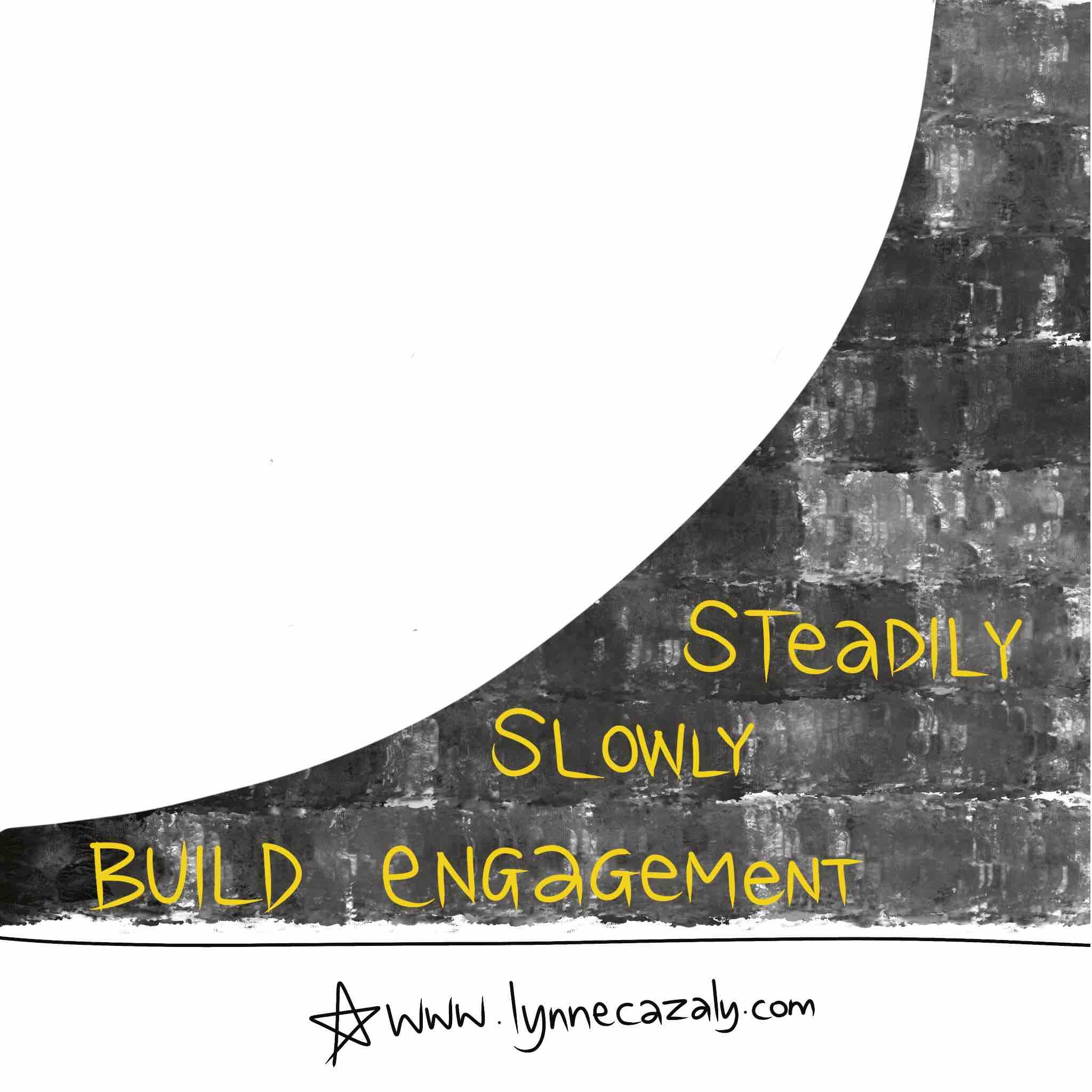A cause of our overwhelm
 Saturday, July 11, 2020 at 11:08AM
Saturday, July 11, 2020 at 11:08AM 
Productivity techniques abound for organizing our email and managing our day, but there’s a BIG contributor to overwhelm that we may overlook.
We have too much ‘on the go’ at the one time: ‘too many planes in the air’; ‘juggling too many balls’.
These sayings we use to explain overwhelm are so true !
Too much up in the air, unfinished, not landed or not done.
The problem is less about our ‘to do’ list being too long and more about how many things from the list we’re doing at once.
We inch ahead on too many tasks simultaneously, diluting our efforts ... and our attention. Our mind is full of everything we’re juggling.
These are the classic conditions for overwhelm. No wonder we feel buried, overwhelmed or inundated.
A better way of working is to reduce the number of tasks we’re working on.
‘Stop starting / start finishing‘ is an often-used mantra for this better way of working.
If you lead a team, help them prioritise and reduce the number of things they’re working on.
And if you’re your own boss or run your own business, experiment with your focus ... on fewer things.
You’ll then be in a powerful position to get the upper hand on overwhelm.




















